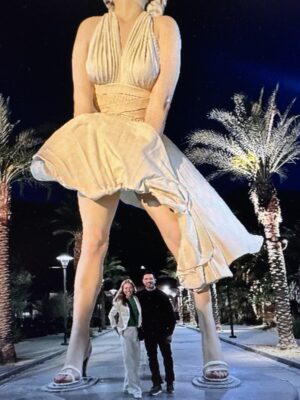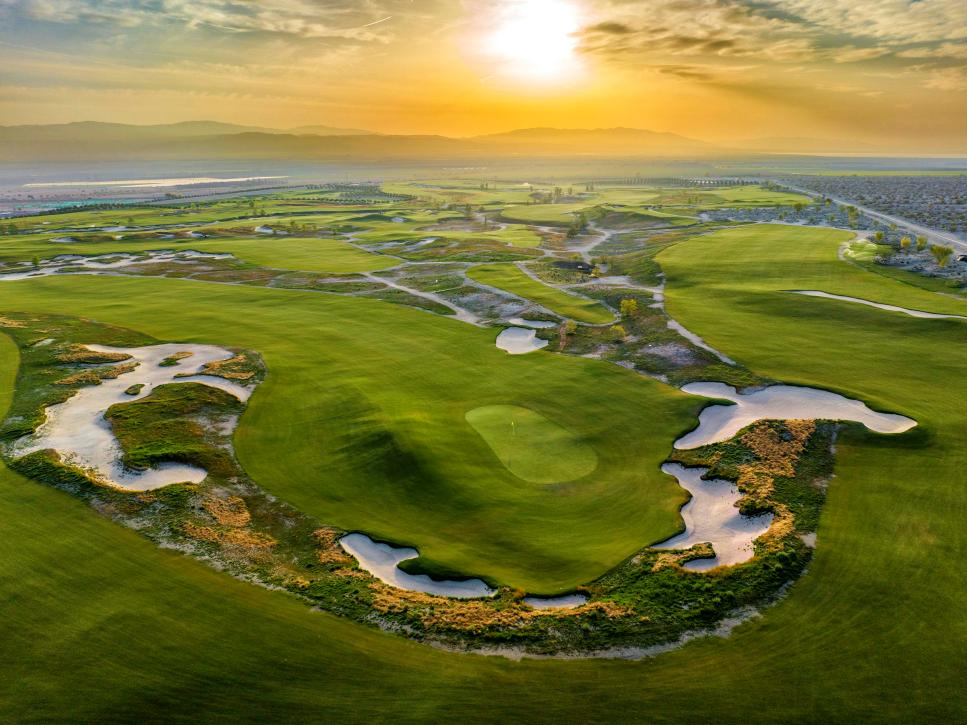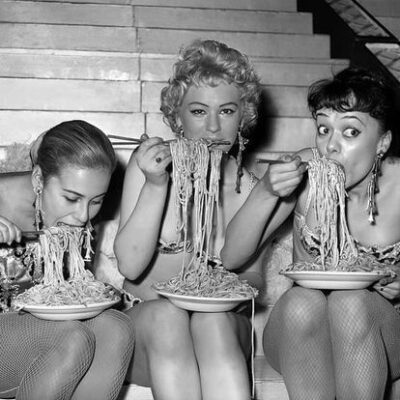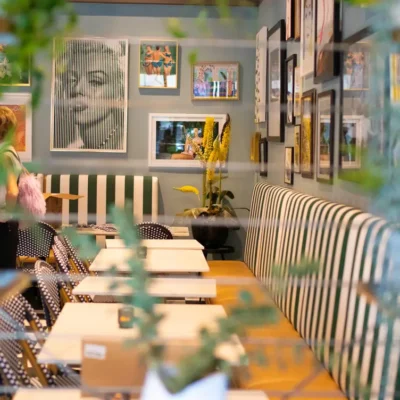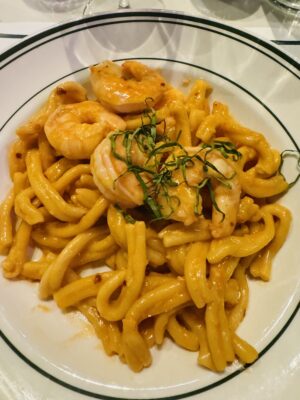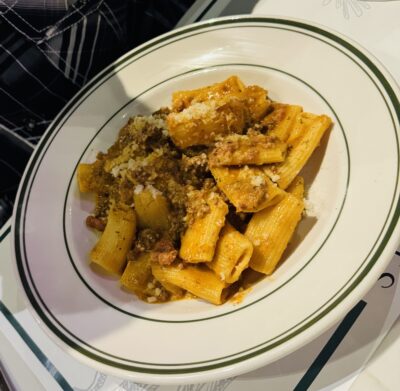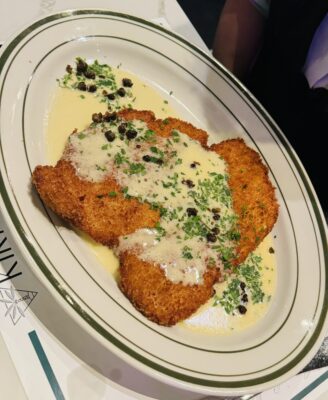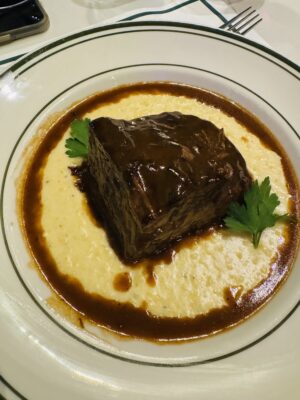Dining Around The Desert: Arnold Palmer’s, La Quinta

Michael and I dined at Arnold Palmer’s a few weeks ago having not been in quite some time. I have to say that we were pleasantly surprised.
About Arnold Palmer’s
Open since 2004, Arnold Palmer's Restaurant is one of the most popular restaurants in the Coachella Valley. Featuring Arnold Palmer's favorite dishes, with a genuine and inviting atmosphere a hallmark of The King himself, the restaurant treats visitors to a massive collection of memorabilia spanning Palmer's decades-long professional golf career.
Dine indoors in the Masters Dining Room or Arnie’s Lounge; both provide a unique experience and a journey through Arnold Palmer's history and triumphs, all with their signature service. Multiple private rooms are available as well: The Wine Room, The Palmer Room, and The Open Room are all perfect for special events.
You may choose to dine on the renovated, beautifully landscaped, live entertainment patio; it is a perfect place to enjoy a desert evening, dining al fresco under the stars. Heaters, misters, and a cozy fire pit ensure year-round comfort.

We dined inside with a view of the bar, since it was still pretty warm out, which was great since we spotted our friend Frank behind the bar whipping up libations.
We started out with Arnie’s Chopped BLT for Michael, and the Heirloom Tomato & Burrata Cheese salad for me. Both were perfect starters.




For my main course I had the Ravioli Shrimp Scampi with sauteed tiger shrimp, garlic, tomatoes, lemon, basil, and ricotta ravioli. Michael enjoyed the most popular item, the Double Cut Pork Chop with garlic mashed potatoes, roasted asparagus, and housemade apple chutney.
Because we had no self control, we then finished it off with their House Made Cocnut Cream Pie, with toasted coconut, salted caramel, and whipped cream.
It was all prepared perfectly, the service was fantastic, and I left wondering why it had been so long since I’d had dinner there.
Location & hours
Arnold Palmer's Restaurant
78164 Avenue 52
La Quinta, CA 92253
760-771-GOLF (4653)[email protected]
OPEN MONDAY - SATURDAY @5PM
CLOSED SUNDAYS
ONLY THE DINNER MENU IS OFFERED AT THIS TIME
RESERVATIONS ARE HIGHLY RECOMMENDEDFOR THE PATIO, DINING ROOM, & LOUNGE
LIVE ENTERTAINMENT ON THE PATIO DAILY 5-9PM
Map & directions
Follow Washington Street south until it ends at Ave. 52. Turn right. Go approximately 1 block.
Some GPS units have difficulty finding the restaurant. Please ensure that your destination shows the restaurant entrance near the intersection of Avenue 52 and Desert Club Drive, west of Washington Street.
















